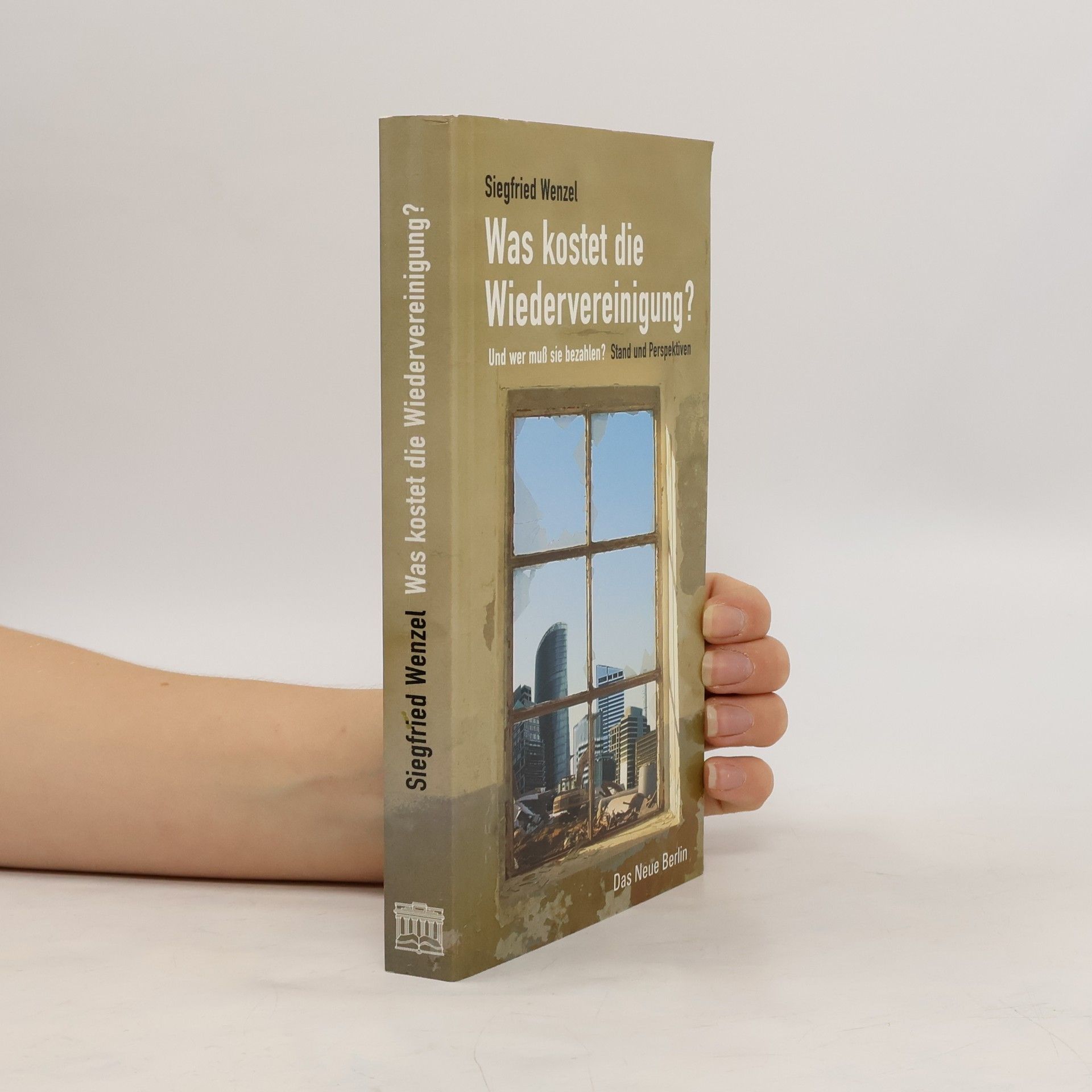Literature and Religion in the Later Middle Ages: Philological Studies in Honor of Siegfried Wenzel
- 434 pages
- 16 hours of reading





Alle Untersuchungen zur ökonomischen Situation der DDR, ob populär oder akademisch, laufen stets auf die Kernfrage hinaus: War die DDR 1989 wirklich pleite? Eine emotional aufgeladene Diskussion ersetzt nicht die historisch-sachliche Analyse. Siegfried Wenzel sichtet kritisch Entstehung und Zerstörung des in der DDR praktizierten Wirtschafts- und Gesellschaftsmodells sowie die gewaltigen Transformationsprozesse und deren Hauptinstrument, die Treuhand nebst Nachfolgeeinrichtungen. Und er präsentiert eine faktenbasierte Antwort. Wenzels Buch, hier in durch ein umfassendes Vorwort vom Wirtschaftswissenschaftler Prof. Dr. Jörg Roesler erweiterter Neuauflage, wurde über 15 Jahre zum Klassiker. Denn auch für Nichtökonomen liefert es aufschlussreiches Material und erklärt allgemeinverständlich komplizierte Zusammenhänge.
Fasciculus Morum is a handbook for preachers, written in Latin in the very early fourteenth century by an English Franciscan friar. It has never been printed but is extant in twenty-eight manuscripts. The work gathers a large amount of material for preaching, including more than fifty short poems in English, and presents this material neatly arranged in the order of the seven deadly sins and their opposite remedial virtues. The book has attracted considerable interest among students of Middle English literature because of its verses, but beyond this it has proven to be of equally great interest because it furnishes a fine example of what popular preachers in the fourteenth and fifteenth centuries would present to their congregations - the religious and moral doctrine as well as the biblical material, authoritative quotations, similes, fables, stories, moral exegesis, and other devices with which they enriched their sermons. It is, in other words, a summa of what an English Everyman wou